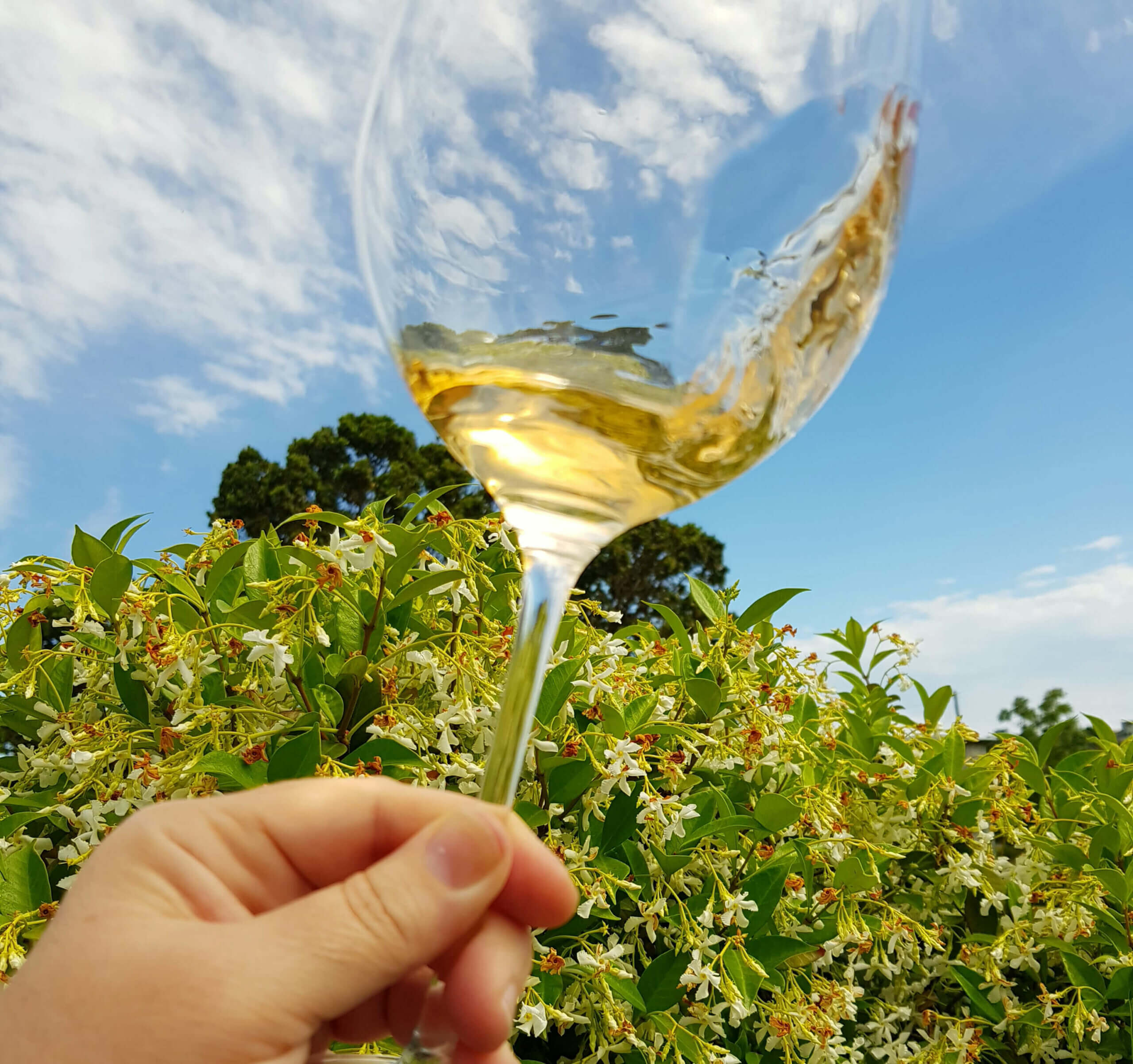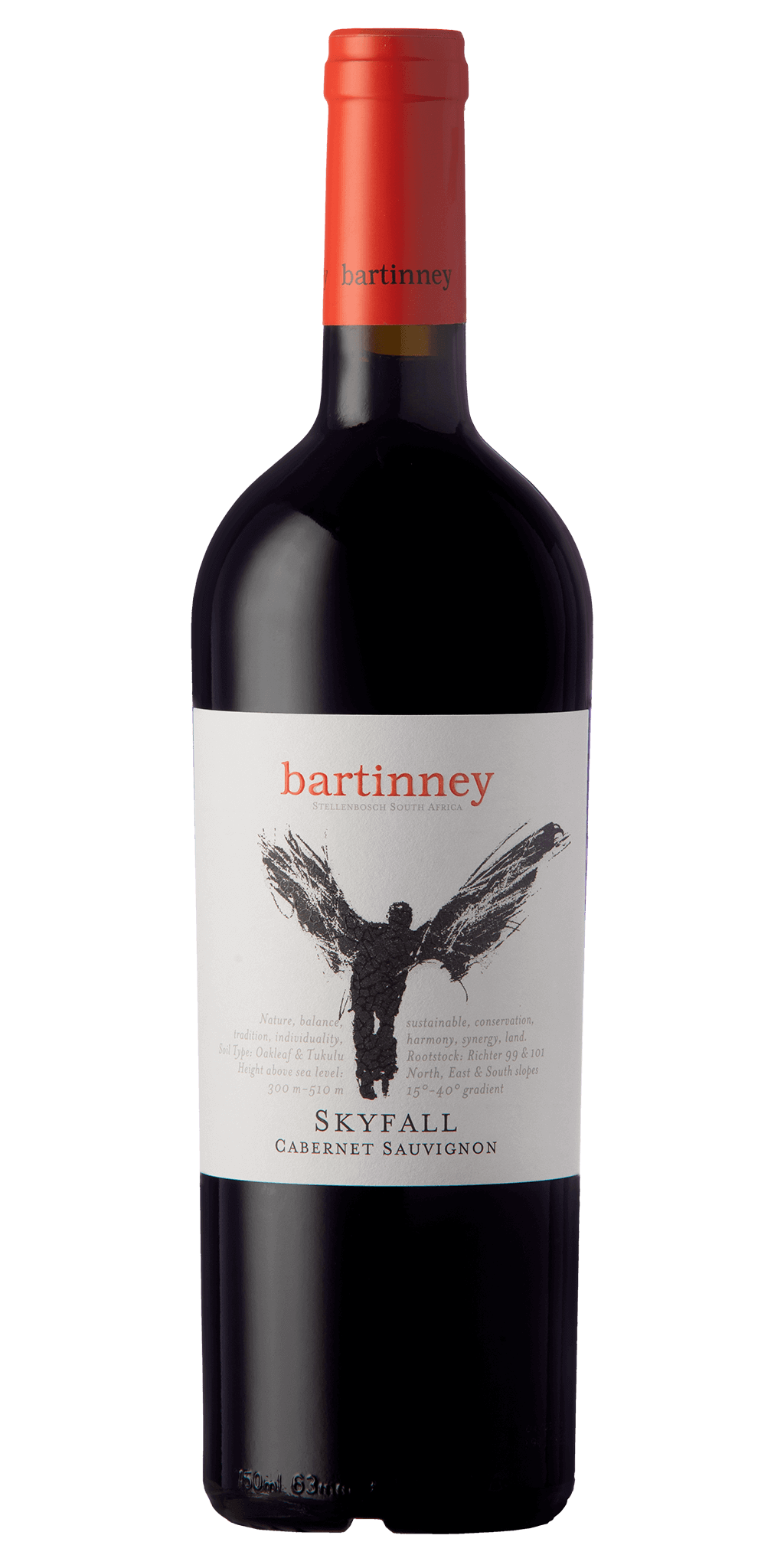One of the wonderful things about wine is how much they can differ from one another with each style having numerous shades or hues. The same varietal can have a completely different color based on climate alone. There is no guarantee on color, we rather use it as a guideline and introduction to the appreciation of what’s in your glass. Even sticking to your favorite grape variety won’t assure consistency in color or style in white and red wine. It’s important to take a moment to assess the color each time you pour a glass of wine be it South African wine through to French wine or New Zealand wines. There’s a whole spectrum of color in the wine world to explore.

Shades of color in wine
Each shade of red wine, rosé wine and white wine tell a story about the wine you are about to drink. From looking at the color alone, you can gauge how the wine is going to taste, its character and age, and the weight or body of the wine. The viscosity further suggests alcohol content from the legs or tears. A guideline I use; faster = higher & closer = drier. It’s not an exact science as weight and style affect the outcome from each grape variety. Yet it offers insight and triggers intrigue worthy of further investigation.
Points to consider include:
- clarity, how brilliant the shine.
- intensity, the depth and layers of color.
- the meniscus (where the wine meets the glass), a watery edge is a good indication of youth. As the wine ages, this dissipates and evolves more into developed hues.
- check for sediment, formed during settling and maturation.
- grape variety, thickness of skin.
- cool climate vs warm climate.
Age and oak
Typically, the deeper the color, the more body a wine will have. A young South African Chenin Blanc, the pale lemon freshness with green-tinged hue of the Mullineux Kloof Street Chenin Blanc 2020 tends to be crisp and light in body. In contrast, a weighted mouthfeel of liquid golden honey that an aged or oaked style white wine such as the DeMorgenzon The Diva 2013 delivers.

Science behind the color
Color comes from the skins of the grapes. Anthocyanins, which are the molecules responsible for the red, purple, and blue colors in fruits and vegetables. Anthocyanin molecules will change their color depending upon the pH of their environment thus it may serve as a pH indicator too, but now I’m getting technical so take a sip of wine and let’s move along.
Winemaker decisions
It makes sense that the size of the berry and the amount of time the juice is in contact with the skins, the more color, flavor and tannin will be extracted. This ensures varied depths and hues of color. A grape with thin skin such as Pinot Noir evokes ruby, pale garnet and terracotta shades, alluding to red berry fruits. Thick-skinned fruit such as Cabernet Sauvignon or Shiraz naturally offer more concentration, deep purple, dark berry and plum tones. Hence every decision made throughout the winemaking process is critical to the result.





 +1 888 812 2543
+1 888 812 2543